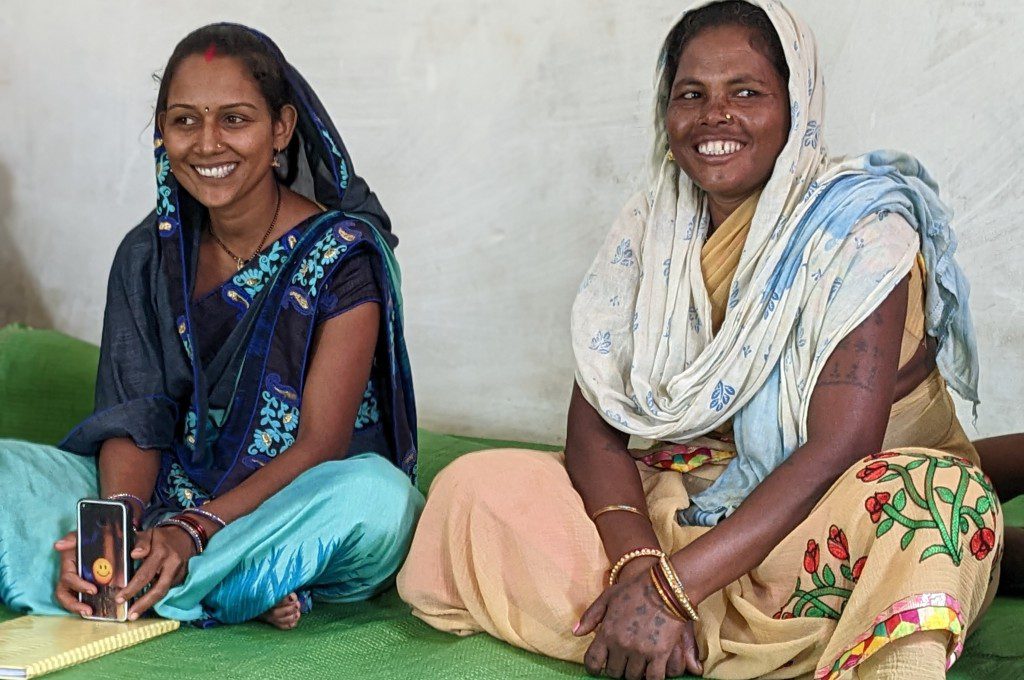Gender training sessions are used to bring behavioural change among individuals, collectives, or organisations towards:
Gender equality: equal rights, resources, and opportunities for all genders
Gender Sensitivity: Awareness about gender roles in our lives
Gender inclusivity: openness to every gender
Udyogini conducted a three-day gender training for its Wadrafnagar (a town in Chhattisgarh where I’m currently working) and Ramanujganj (the adjacent block) teams in Ambikapur district, 90 km from Wadrafnagar. The discussion started with listing what the participants thought were the differences between a man and a woman. Building upon that, Lakshmi*, a trainer on the topic for more than 15 years, discussed the definition of gender. She told us about the difference between gender and sex: the former is a societal construct, and the latter is biological. Through group activities, she explained how ‘gender-related privilege for one sex is disadvantageous to all the sexes, including the privileged sex.
Here, I am talking about men as the privileged sex. There are many disadvantages for them due to their privilege. For example, men cannot cry in public places due to social norms. Men who want to help women with household chores or cook at home are “unmanly.” They cannot pursue their preferred jobs per their interests because they have to earn for the family. When I go to my relatives’ homes, all my female cousins help with the kitchen work. In contrast, male cousins “go out” and bring the necessary supplies home.
Returning to the training, all the participants were divided into two groups. Each group had to plan a two-hour session to conduct an exercise in a village the next day. We brainstormed among ourselves and devised two activities to discuss the differences between gender and sex. We would also draw inferences from the activities about how gender influences each person’s human potential and how these structures are passed on from generation to generation, leading to gender inequity and discrimination.
Here’s a bit about both activities:
THE GIFT
We carried pictures of various items that are generally given as gifts. For example, a toy car, doll, hairband, broom, make-up kit, etc. Ask each villager whether they would gift these to a boy or a girl on their 5th birthday. We would then build upon the responses by showing a different set of pictures that break stereotypes by offering a person from the opposite sex the item they would gift to a person from the opposite sex.
THE SPACE
We designed a skit to showcase the lives of two people of different sexes facing various societal actions and practises through multiple life stages. It would indicate how one person moves forward whenever they feel optimistic about getting a job. One person goes backward each time they feel negative, for example, through restricted mobility and thereby lost opportunities. This would clearly show the stark difference between the mental pursuits of the human spirit and its potential after a certain period in each person’s life through the physical space created between these two people.
We prepared all the material required, the script, the process flow, and the closing remarks. Our group reached the village the next day. We introduced ourselves and our organisation, Udyogini. We asked them what they thought were the differences between a man and a woman, followed by the first activity, ‘The Gift.’
We asked two children from the community to stand beside each other so the adults could gift them the items. Some of the choices were as expected. A man gave a broom to a girl because he thought it was her job to clean the house. When asked whether he sweeps his home at all, he replied that he does it only when necessary, for example, when his wife is sick or away from home or if he gets a job as a sweeper.
A few responses were unexpected too. Sometimes, people felt their items could belong to the girl and the boy. They then placed it in the middle. This included a hairband, a make-up kit, a vessel, a doll, and a cricket bat. When asked why they did that, they replied that their daughters play cricket and their sons use hair bands.
Suman Ji, whose son wears a hairband, tells us it is a trend. When the family elders scold her son about his long hair, she yells at him in front of them. But she tells him to follow his heart when the elders are not around. Urmila* said that the previous generation had been rigid to such changes because of structural conditioning. But the present age is trying its best to be flexible.
All of us were surprised. I felt delighted that the civil society working with this community was able to leave its mark. The willingness to change among this group of people is terrific. We decided not to go with the second activity and ended the “training” by admiring them. We also told them they could use the same tool to spread awareness among other people they knew. This incident and its associated learning renewed my inspiration and motivation to work.


